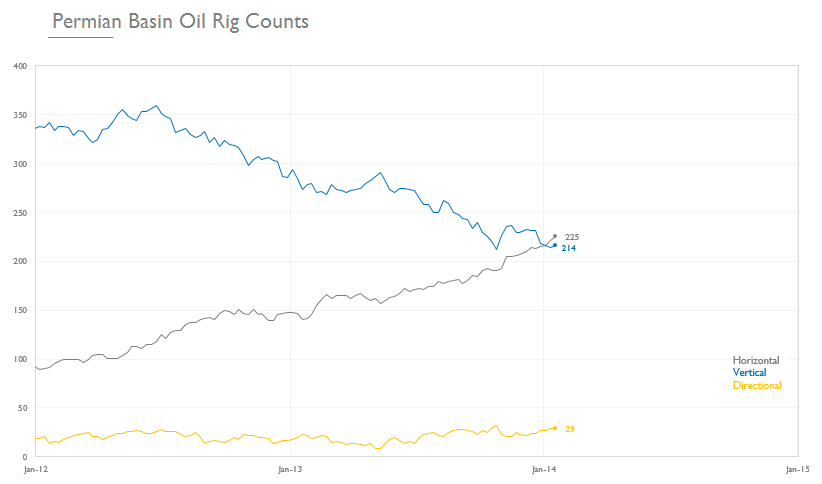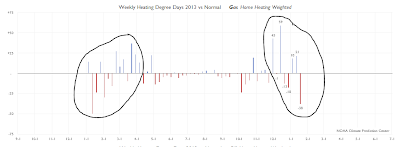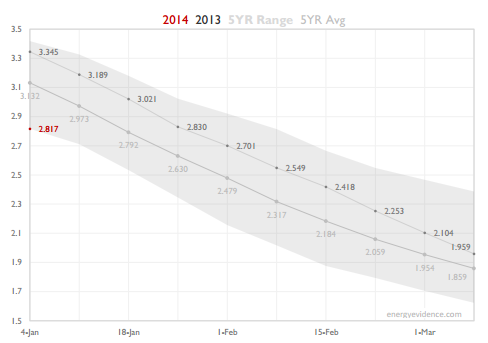The Utica Shale is growing more quickly than any other shale in North America. It is predominantly in Ohio, and Chesapeake is the dominant operator. Three key questions have been: How prolific? How Oily? and Where is/are the sweet spot(s)?
Oil is a more popular label than gas these days, at least for publicly traded operators. Look at the Ohio rig counts below. Oil rigs were the anchor until May of '13, when a dozen gas rigs arrived. The State of Ohio has only released production reports through Q3 of 2013. Judging from the rig counts, one would expect the production to be very oily.
But not so. The Ohio Q3 report shows production is predominantly gas. Here is the production by county, and by operator:
It indicates that the Utica is going to be very gassy, unless operators can somehow target oil. It appears that Harrison and Carroll counties are the most oily, at 60-80% gas. Let's look at where the rigs are working today. (The rigs are not accurately placed within the counties). Rigs classified as Oil and Gas:


















































